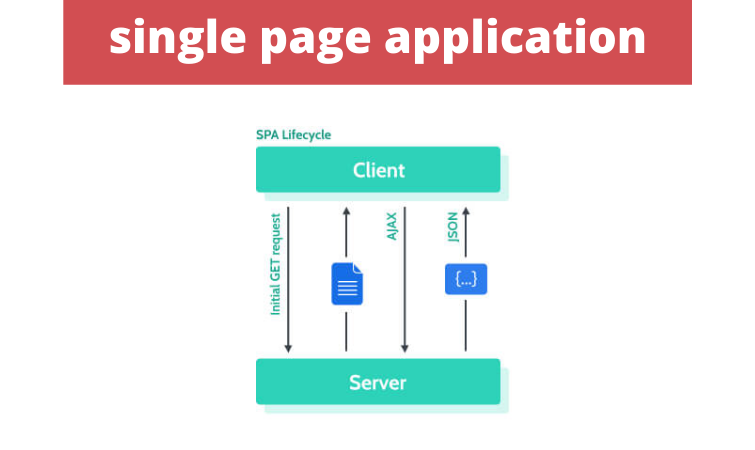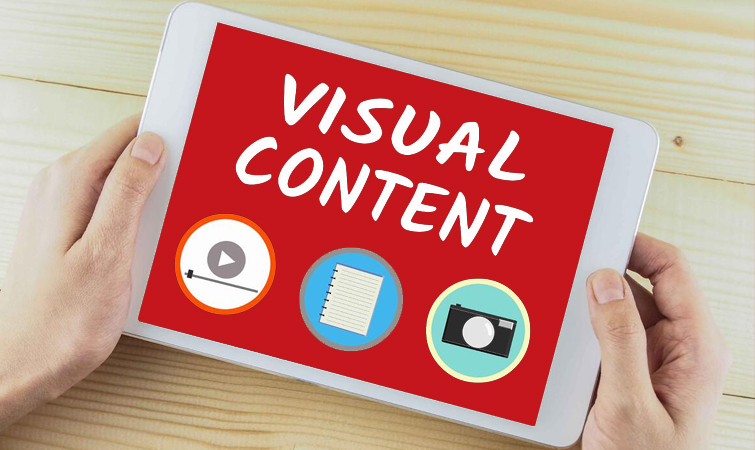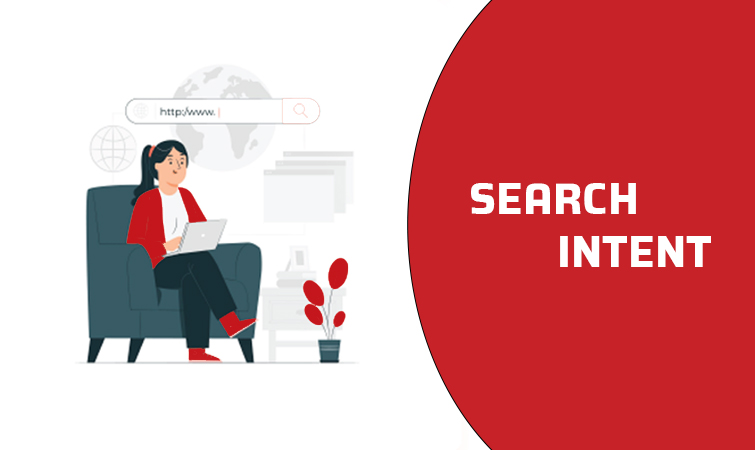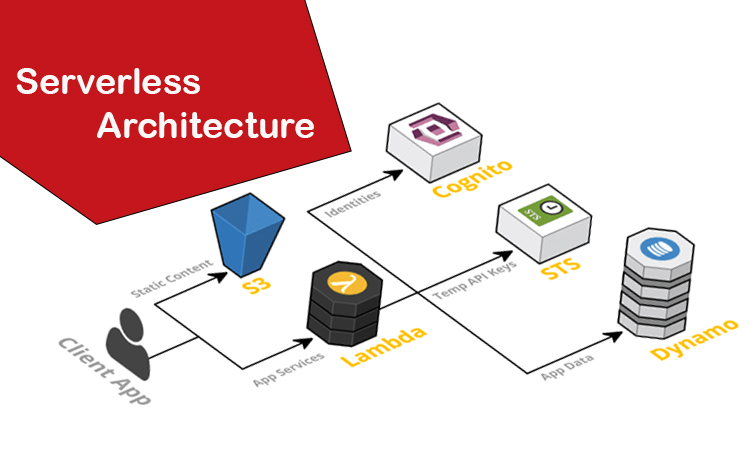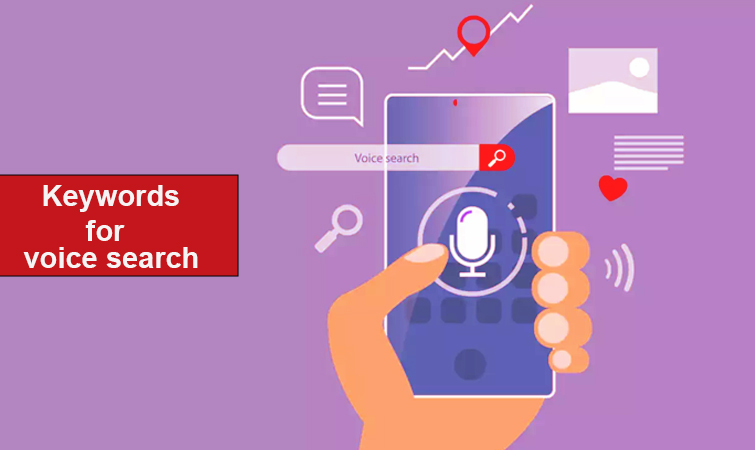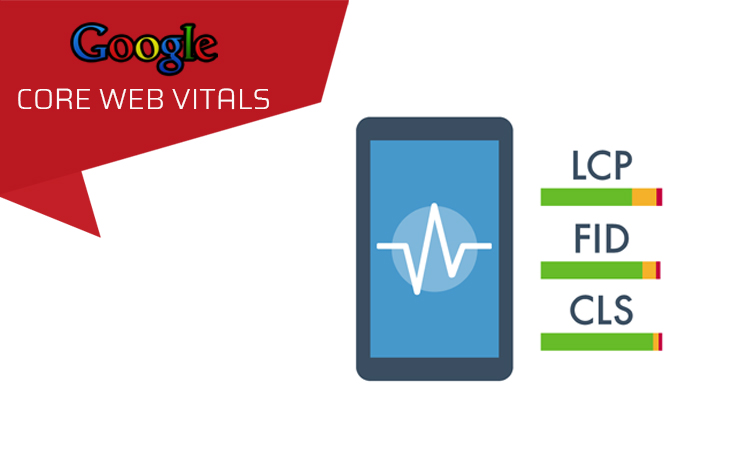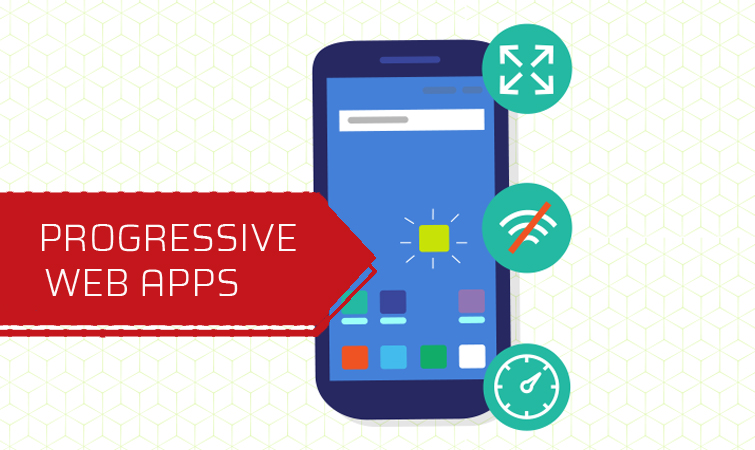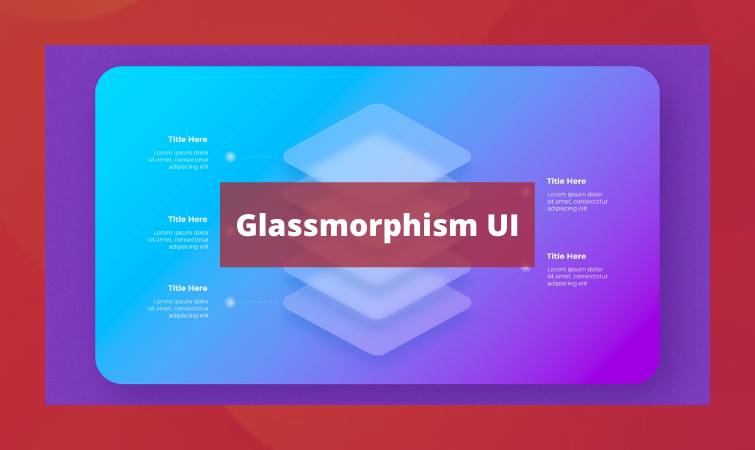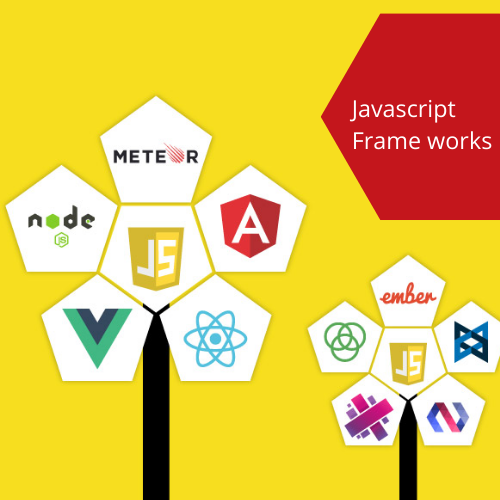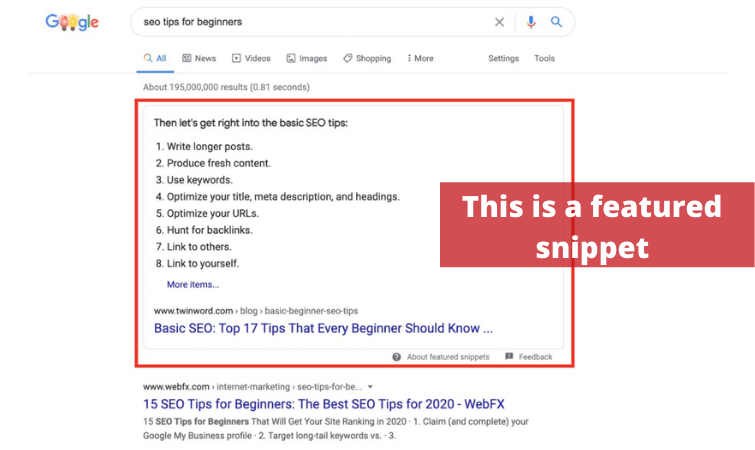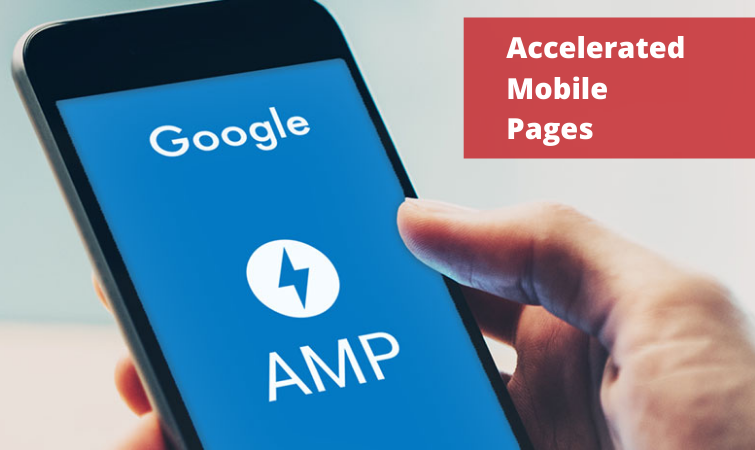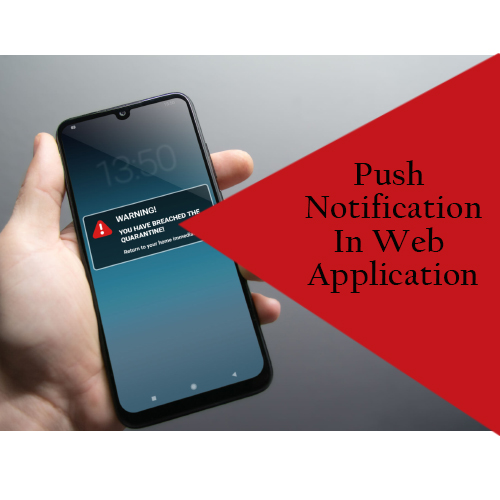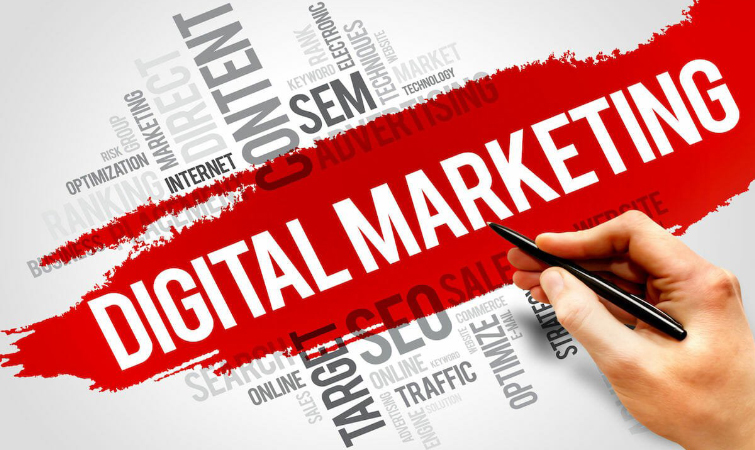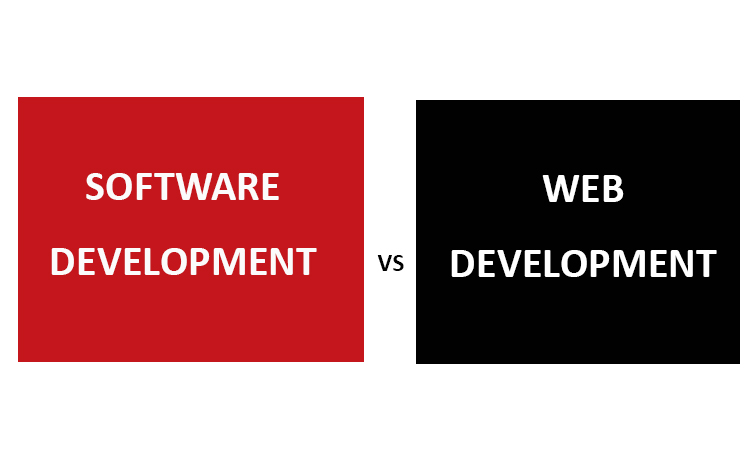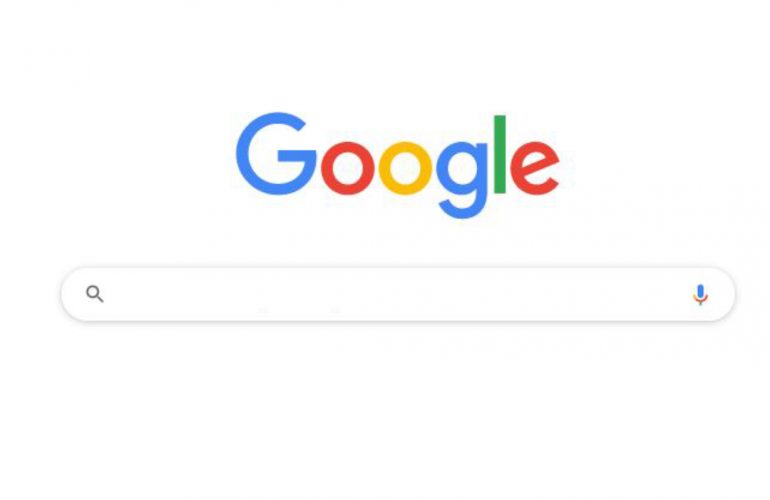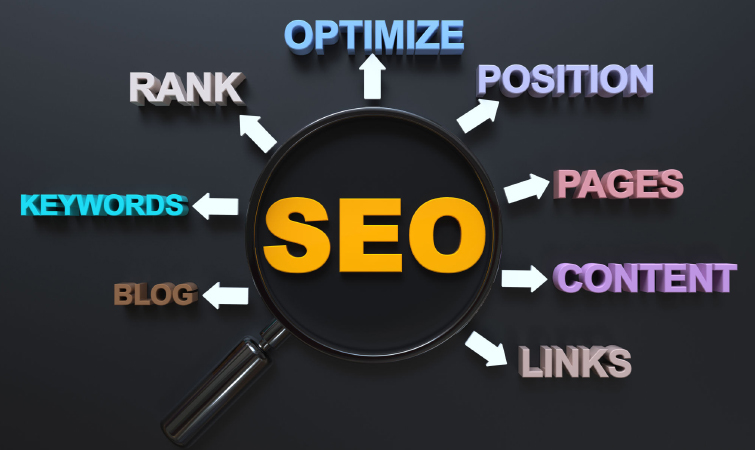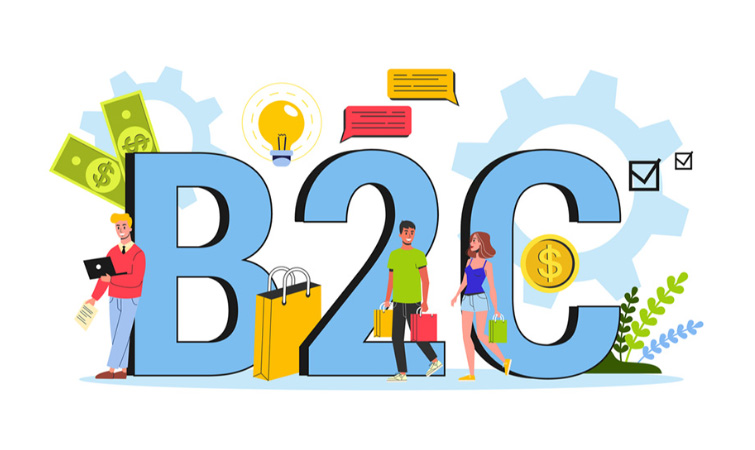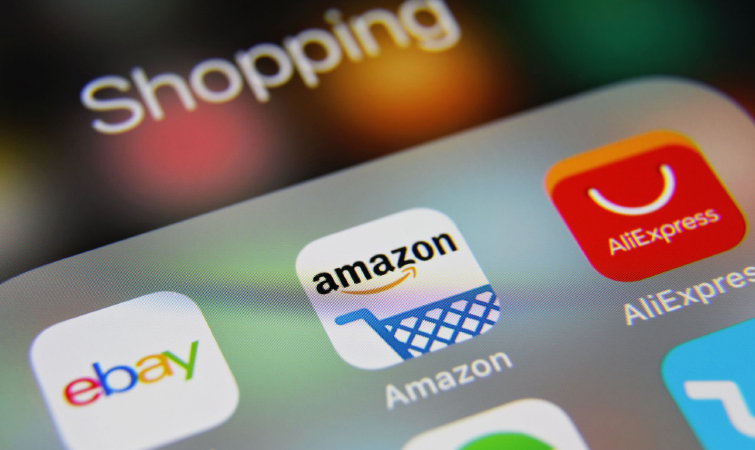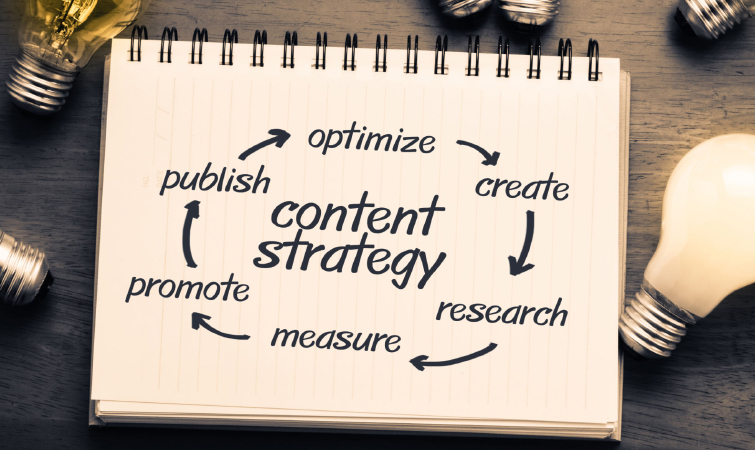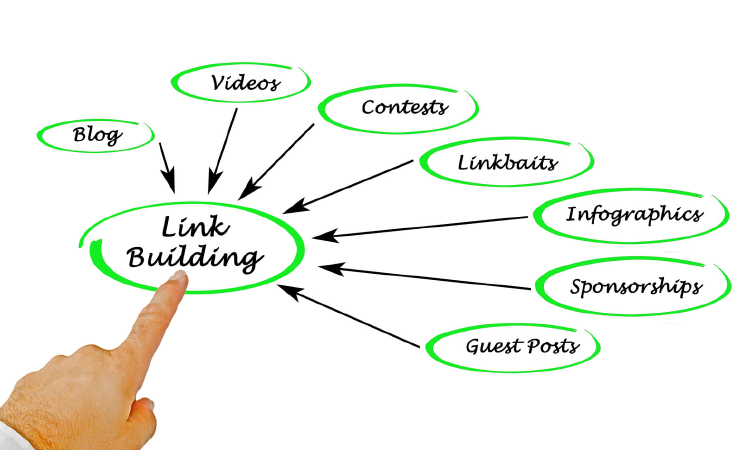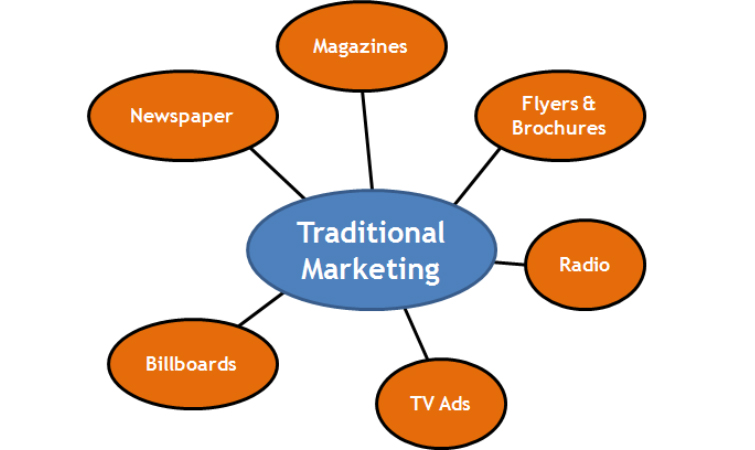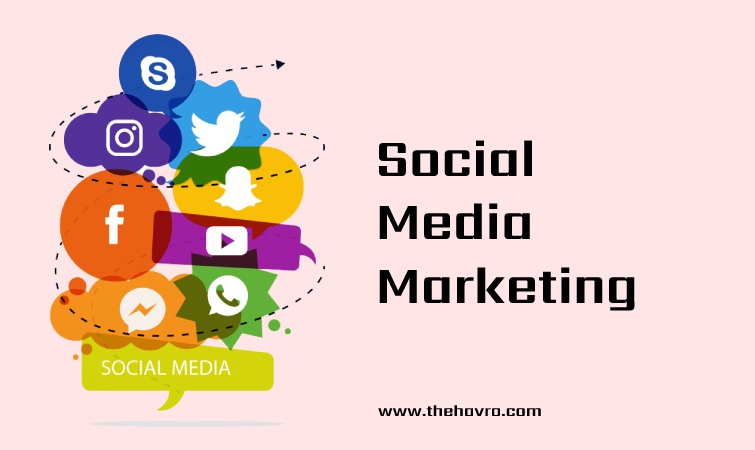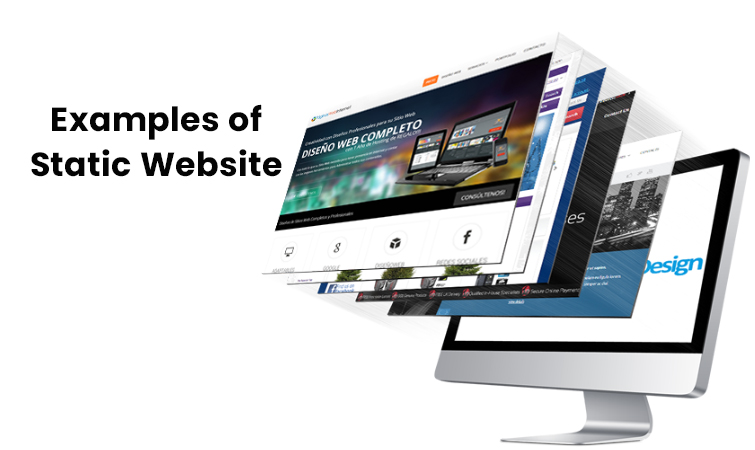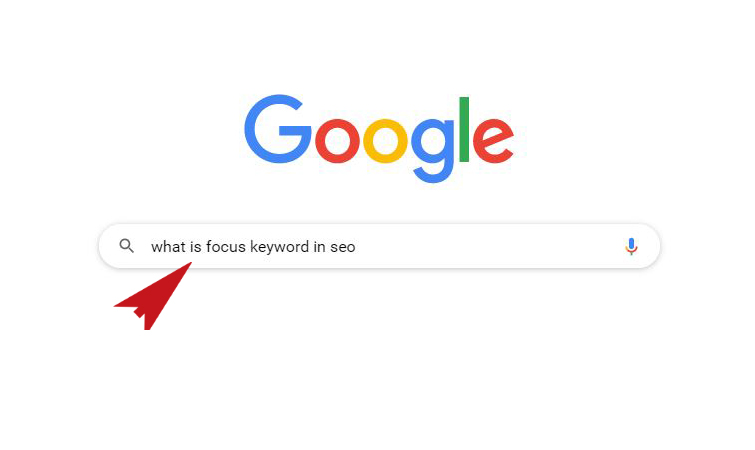What are the three components of Responsive Web Design?
What is a Responsive Web Design?
Responsive Web Design is building a website that works on all devices and screen sizes. It will automatically adjust for different screen sizes. It is designed for usability and user satisfaction. These designs are intended to fulfill the needs of a wide range of people. The components of Responsive Web Design are
- Fluid Grids
- Fluid Images
- Media Queries
The single greatest way to develop a website that performs well on any platform, mobile or non-mobile, is through responsive web design. However, few individuals have even a rudimentary understanding of what responsive design entails. Let’s have a look at what we can do about it.
Fluid Grids
The paper size was your defining trait in terms of layout when you ran a magazine, newspaper, or other print media. You couldn’t fit more than 10.5 inches of text on a typical piece of paper, no matter what additional tactics you used.
For a long time, everyone viewed web pages in the same way — you have the width of your screen and the length of…until you run out of options. The width of your screen, on the other hand, isn’t constant.
I can flip from my iPod, iPad, laptop, and desktop screens, and I frequently browse the same website on multiple devices at the same time. Instead of static numbers of pixels, responsive websites use elements that are defined as percentages of the screen’s width.
(To be more precise, elements are formed with elements defined as percentages of the wrapper that specifies the website’s edges, which aren’t always the same as the screen’s edge, but that’s a technical remark.)
Fluid Images
Similarly, the responsive design employs CSS to specify pictures that have a maximum size (to avoid being stretched or pixelated) but no minimum size (to allow them to shrink proportionally to fit inside the context of the content they’re a part of). Because CSS keeps the aspect ratio constant, there should be no pixelation.
Media Queries
Media queries are the undisputed king of responsive design. For years, CSS has used media queries, which essentially tell a CSS style sheet to “ask the browser a query and only do X if you get Y as a response.” CSS can, for example, ask a browser, “What width is your frame now set to?
If the response is “>400 pixels,” CSS will generate a two-column page; if the response is “400 pixels,” CSS will create a single, much longer column. Even the most flowing grid has ‘breakpoints’ where it does not look nice.
When the website reaches such points, media queries allow it to re-define itself on the fly, allowing new elements to appear while keeping the page as pleasing to the eye and as functional as the screen size allows.
Design the Mobile Site First
The greatest advice from industry experts is to build your mobile site first, then add elements so that it naturally ‘grows’ into a mobile site. The rationale for this is simple: because a mobile site can only include a limited number of elements.
It compels you to concentrate your efforts on the features that your audience will find most appealing. It means that your desktop site will be unable to lose those core pieces, and the extra information that appears around them will also be core-centric.
These three elements, when paired with a current thought process, are used to create sites that are adaptable and don’t have any preconceived notions about the resolution of a screen. Best web designing companies in Chennai are designing the mobile site first.
Although responsive web design is still a new concept, it offers several benefits to users, including the ability to browse a single site from many devices. The ability to work across various devices provides consumers with a consistent experience without the need for a separate mobile site, which is a big benefit for any website.
This presents new issues for designers. According to recent research, testing web designs across numerous devices is a common issue for web designers. This can be a problem if a designer does not have direct access to all of the devices that are regularly used to access the internet.
Smaller design firms may find it costly to evaluate if their site operates effectively across multiple platforms because mobile devices are always changing. Device sharing is one option, which has gained traction in some design circles but is still uncommon. There are some mobile emulators and site validators available, but you may need more than one to test all types of devices.
Demonstrate Responsive Design To Your Clients
Instead of explaining the responsive design to your clients, show them what it looks like. This will have a greater impact on them than explaining it to them in technical jargon that they may not comprehend. Although media queries and fluid grids are standard words for web designers, most of your clients will not comprehend them.
Begin by displaying a site on a variety of devices. Demonstrate how wireframes and sketches may be extremely useful tools. Remember that you won’t have any pixel-perfect visual designs to show them until their site is finished. This was a lot easier for them to grasp, but you still need to show them how RWD will make their site more usable.
Some designers believe that responsive design is the only method to construct new websites since it allows them to react to their client’s requests and accommodates the swipe and touch functionalities found on most mobile devices.
Overcoming RWD Issues
There are challenges with RWD, like with other new technologies; however, most of them have been resolved without too many hassles. To begin with, some designers encountered issues with pictures, navigation, and tables. However, these issues were overcome by combining SVG, icon fonts, and scripts with a uniform design.
There are extra challenges for pre-existing sites that are built on a predetermined width. Other challenges arise as a result of the significant differences between traditional and responsive design. When faced with an issue like this, a designer has two options:
Reverse the site’s design: This isn’t always the greatest solution, and it takes a lot longer than recreating a site. However, due to a variety of variables, this may be the only option available at times.
Rebuild the site: It is often faster and less expensive to create whole new style sheets and templates. The designer will be able to construct a more responsive device and organize the information correctly as a result of this.
When a site visitor is using an older type of browser, another difficulty with responsive design arises. As a result, the site may appear to be too small for the viewer’s browser window. Filler can be used to solve this issue.
Is Responsive Web Design Right for You?
If you don’t use RWD, you can be limiting your audience’s viewing options. This will not be useful to your company. Because individuals use a wide range of browsers and devices to access the internet, sites that can engage with all of them will have better metrics.
This will result in more site visitors converting to leads or paying customers, which is usually why businesses have a website in the first place! People are increasingly using their mobile devices as their sole means of accessing the internet.
They are not using their laptops or desktops at all. As a result, not having a responsive site will make things tough for consumers on the go, therefore eliminating a significant segment of your potential clients.
Responsive design will be here for the foreseeable future, thanks to the fast-expanding options for viewing the web and their ever-increasing availability. RWD may become the only option to build a high-quality, user-friendly website.



